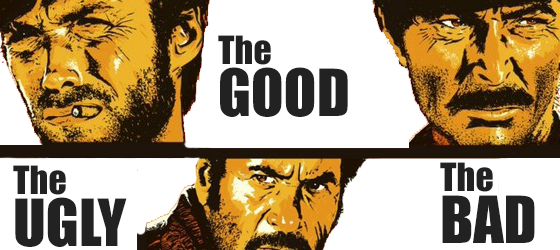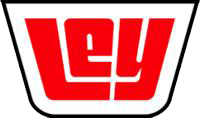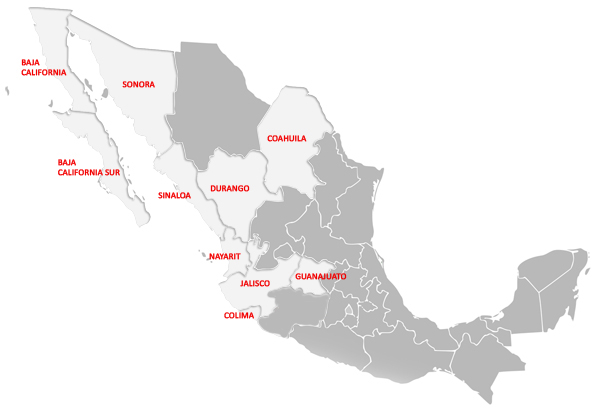CVRs – The Good, The Bad And The Ugly

Introduction
A contingent value right or CVR is a right issued to shareholders of an acquired company that contractually conveys additional benefit if a specified event occurs. Such events can include milestones related to regulatory approvals, sales, manufacturing, or assets under management (AUM). It is a useful tool for a value investor's toolkit. One of my favorite current investments is a CVR that I recently acquired for less than twenty-five percent of its expected value.
Acquirers
For buyers in mergers and acquisitions, CVRs make it much easier to present their shareholders with a deal that is immediately accretive to earnings. Also, the risk of unknowable binary outcomes that could be career threatening can be offloaded.
The major negatives include the fact that the public market generally values CVRs at a deep discount. That makes CVRs suboptimal for multi-bidder situations. In one recent example, Valeant (NYSE:VRX) competed against Actavis (NYSE:ACT) for Allergan (NYSE:AGN). VRX's offer, which at one point included a CVR, lost out to a cash and stock offer from ACT. There is also additional cost and complexity associated with CVR agreements. They can slow a deal's progress because the SEC generally takes longer to review proxies for deals that include CVRs. Also, publicly-traded CVRs require a separate registration process.
Targets
For M&A targets, CVRs offer the ability to hang onto substantial upside while transferring a business to a corporation that can operate more efficiently. Typically, a small development stage pharma company has no or few salesmen while large commercial pharma companies have thousands. Once a drug is ready for the market, it usually makes less financial sense to hire salesmen when one can simply sell to a company that already has salesmen. However, founders often want to fully realize the value of what they build. CVRs can serve both goals. CVRs also allow targets to project confidence in their business' prospects. It can be a good tactic for the people with inside information to present that they want to hold onto upside. Additionally, it can be tax-efficient to push off part of a deal's value into subsequent years beyond the sale, when most insiders realize tax-inefficient windfall gains.
Advisors
Deal advisors can benefit from CVRs, too. The lawyers can bill for the time they spend crafting the CVR agreements. The bankers can use CVRs to push off contentious issues during deal price negotiations. Before 2008, most CVR discussions were simply negotiating tactics. The CVR itself was usually negotiated away before deals were announced. After 2008, CVRs increasingly made it into definitive merger agreements. They were instrumental to closing gaping bid-ask spreads between the buyers and sellers. After equity markets declined in the financial crisis, buyers wanted to be opportunistic in buying long sought-after targets. But targets wanted premiums on top of recent highs. Whether or not the market thought they were worth what they were trading at before the crisis, boards and managements often mentally accounted for those market prices. They did not want to bow out without winning them back. CVRs filled this space between what the market could bare and what targets wanted
Investors
CVRs can almost always be worth $0.00. In this regard, they are similar to buying options. Substantively, they tend to represent the most controversial, most marginal part of a merger's consideration paid to a target's shareholders.
Target company shareholders offered CVRs frequently give them little thought and avoid owning them without regard to their economic cost or benefit. In most cases, they represent a small fraction of a deal's value. If one is getting a large premium based solely on cash or stock, one might simply take the opportunity to sell with a big gain without bothering with the minutiae associated with detailed valuation work on specific merger securities. Mutual fund managers are not really paid much to squeeze out positive expected values in absolute terms, so this kind of work would be a lot of uncompensated or lightly compensated trouble. For some holders including all index fund managers, the CVR is not even in one's mandate. They have to sell to avoid violating the agreements with their investors.
CVRs have other problems for investors. Their agreements include duty requirements of the buyers that are weak and difficult to enforce. In some cases, CVRs were created to carve something out of a merger that the buyers explicitly believed was worthless. For example, I was a shareholder in Genzyme before it was acquired by Sanofi (NYSE:SNY) for cash and a CVR (NASDAQ:GCVRZ). One potential CVR payment was based on a production milestone as follows.
Production Milestone: CVR holders are entitled to receive $1 per CVR in the event that Cerezyme and Fabrazyme production levels in 2011 hit both of the following thresholds: (a) production of at least 734,600 units of Cerezyme (with each unit measured on a "400 Unit Vial Equivalent" basis) and (b) production of at least 79,000 units of Fabrazyme (with each unit measured on a "35-milligram Vial Equivalent" basis).
This milestone was specifically structured around an argument between Sanofi and Genzyme in which Sanofi doubted that the stated production levels would be reached. As it turned out, they were correct.
So why do I even bother with CVRs? I bother because there are also positives for investors. One can exploit narrow mandates of the incumbent shareholder base to pick up positions in CVRs for low prices indicative of the non-economic nature of the sellers. Specifically, I tend to use limit on close/LOC purchases of CVRs at prices representing deep discounts to intrinsic value. While the M&A buyers may not be highly motivated to maximize CVR values, it would often be impractical to strategically miss milestones. This is especially true with sales milestones at companies with large numbers of salesmen who are individually incented to maximize their compensation through high sales. When Sanofi's CEO was asked about the potential of payouts hitting the high end of the CVR's range based on an MS drug's sale, he promised to deliver the check with a bottle of French wine. He added that,
The way Lemtrada's developing, it may cost me a very good bottle of wine.
Milestones are not always based upon a buyer's skepticism that payments would be made. In many cases, they are designed to split the upside on likely outcomes. Understanding a deal's background and key players can help in categorizing CVR payments as those based on splitting the difference versus buyer calling the target's bluff in negotiations. Another positive for investors is the fact that few great business operators are also great asset allocators. Sadly, when great businesses take off, they frequently plow their profits into far less great subsequent ventures. But with CVRs, they just need to perform and then they send the proceeds back to the investor to reallocate that capital. In equity investments, such return of capital often requires shareholder activism. With CVRs, no pressure is required - the businessmen do what they do best and the investors get to do what we do best. In short, this is a security that tends to be mispriced, is completely uncorrelated with the public markets, and results in a return of capital.
Casa Ley

Safeway (NYSE:SWY) was a complex transaction involving a spin-off, lengthy antitrust review culminating in a substantial divestiture package, a cash payment, and two CVRs. Towards the end of the deal, there were opportunities when the Casa Ley CVR had high liquidity and low prices. SWY was deleted from the S&P 500 (NYSEARCA:SPY) on the January 26th close. It was deleted from the FTSE and MSCI on the January 29th close. Managers of respective index funds had to sell on those specific trades. Price-sensitive CVR buyers bought on each of those markets. On the earlier date there were 27.6 million shares available and on the latter date there were an additional 2.675 million available. The deal risk was approaching zero. One key member of Safeway's deal team left on a ski trip in the middle of these days, which would be quite unlikely if there were problems with the deal.
At the time, I owned over $10 million of Safeway, but wanted to get closer to $25 million at a marginal price of around $0 for the CVR. I placed various lowball LOC bids to add and ended up with another $2 million of the $15 million that I ideally wanted. In terms of sizing these positions, I try to keep each CVRs at less than 0.1% of my portfolio so as to avoid the complexities of having to constantly mark them to fair value. When the positions are immaterial, I can hold them at cost.
While our cost basis was much lower (in fact, negative), the final trading price for Casa Ley was the equivalent of $0.15. But what is it worth? Safeway's estimate is that it is worth between $1.00 and $1.40 per right. Using Kroger (NYSE:KR) as a comparable company, it could be worth around $1. But, it is not Kroger. It has Mexican Peso risk, geographical risk, and a majority holder.

So I discount its fair value to about $0.75. The business earns about $0.05 per year. It is very difficult to imagine a bear case much beneath $0.50. After the deal closed and non-tradable CVRs were issued, there were offers to swap the CVRs for $0.30, which would have been a gain of 100% from the prior day. Holders willing to sell were asking $0.60. Most valued them around $0.70. For tax reporting purposes, Safeway intends to report that the fair market values of the CVR at the time of the merger for Casa Ley is $1.0149 per right based on third party valuations. If Safeway is unable to sell Casa Ley in the next few years, rights owners will be paid a fair value, which will probably be a range around that amount.
Disclosure: The author is long SWY, GCVRZ, AGN.
Additional disclosure: Chris DeMuth Jr is a portfolio manager at Rangeley Capital. Rangeley invests with a margin of safety by buying ...
more


